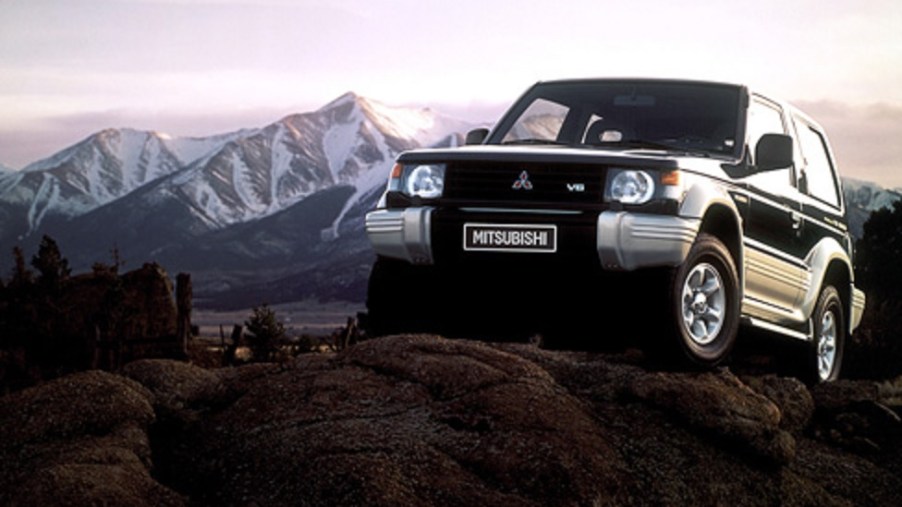
Can a 90s Mitsubishi Montero Keep up With the Toyota 4Runner?
Toyota 4Runners make for some reliable and capable off-road SUVs. Even older models can keep up with more-expensive Land Cruisers and Jeep Wranglers off-road. However, used 4Runners can still be somewhat expensive, especially if they’ve been modified by previous owners. Luckily, there is an alternative: the Montero/Pajero. This Mitsubishi SUV has a decorated off-road history and is even the basis for some other Mitsubishi overlanders. But which of these SUVs is the better pick?
90s Mitsubishi Montero vs 90s Toyota 4Runner: features
In many ways, the Mitsubishi Montero SUV and Toyota 4Runner of the ‘90s and early ‘00s are fairly similar. Both offered V6 engines of similar capacity. Both also offered four-wheel drive with two-speed transfer cases. In addition, both SUVs even offered trick suspensions. The Montero had electronically-controlled suspension, according to Expedition Portal and 4×4 Wire forum users, while the 4Runner received hydraulically-linked dampers.
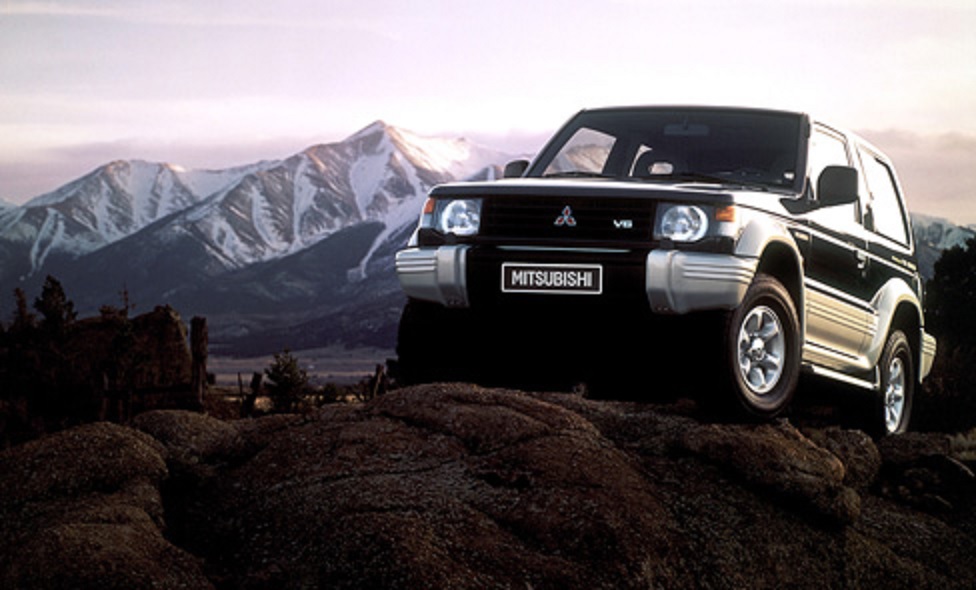
However, in a few areas, the Mitsubishi SUV out-paced the 4Runner. Those linked dampers on the 4Runner? Four Wheeler reports they weren’t available until the 4th-gen SUV in 2003.
In addition, as Jalopnik reports, the Montero offered four-wheel disc brakes, with ABS, from the 2nd-gen 1991-1999 model. Toyota didn’t offer the 4Runner with ABS until the 3rd-gen 1995 model and didn’t get rear disc brakes until 2003. The Montero’s 4WD system had a center locking rear differential, making it operate like a modern AWD system. Again, the 4Runner didn’t receive that option until a few years later. The Montero also had a few more on-board off-road gadgets, such as an inclinometer, and even suspension seats.
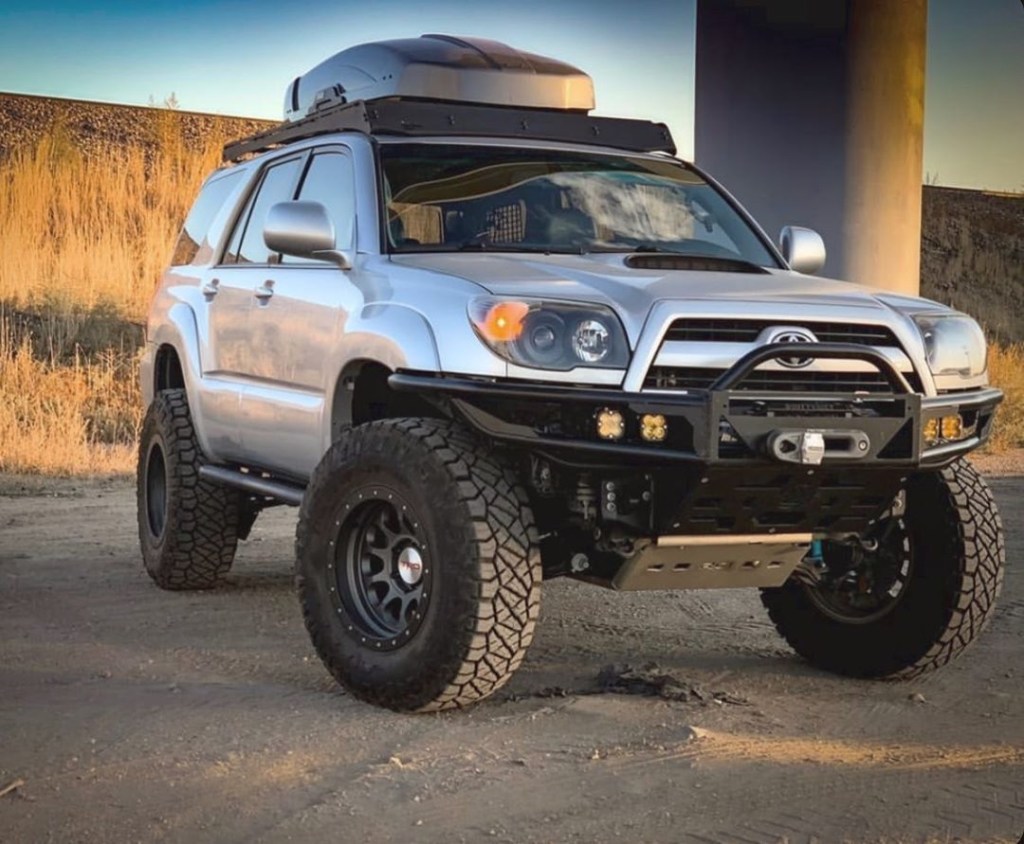
Both the 90s Montero and 4Runner did offer a locking rear differential. However, according to Expedition Portal and Toyota 4Runner owner forum users, the Montero’s was pneumatic, rather than electric like the 4Runner’s. Both types work fairly well but have their respective pros and cons. The Engine Block explains that although air lockers require more on-board equipment, they’re also easier to repair.
90s Mitsubishi Montero vs 90s Toyota 4Runner: off-road and on-road
These differences aside, both the Mitsubishi and Toyota SUV are equally-capable at off-roading. Older 4Runners’ solid axles do make them better-suited for low-speed rock-crawling, though.
However, one user on the r/4×4 sub-Reddit drove a 3rd-gen 4Runner back-to-back with a 2nd– and 3rd-gen Montero. They noted the 2nd-gen Montero felt significantly more comfortable and more solid than the 4Runner, especially on the road. And the user noted the 3rd-gen Mitsubishi SUV made their 4Runner “feel primitive.”
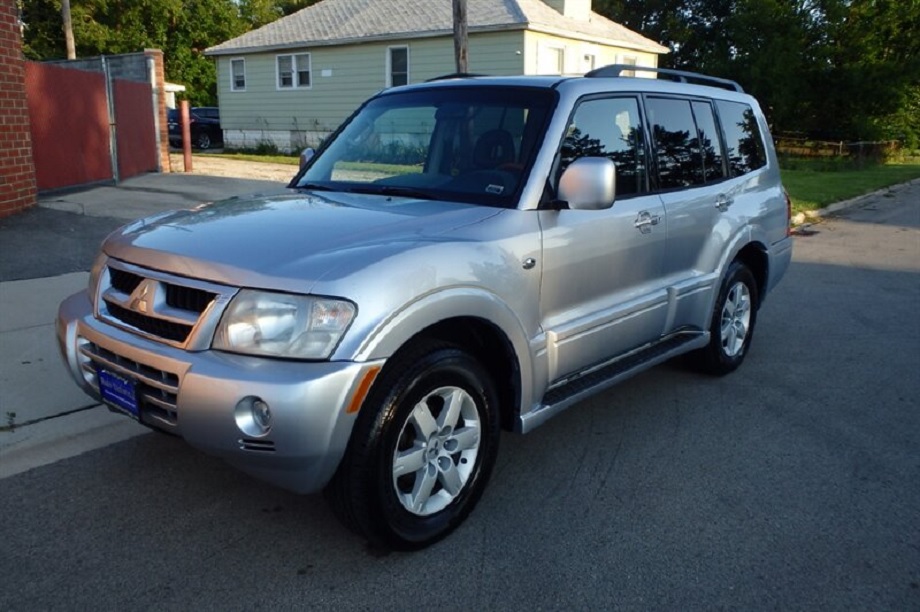
One big difference between the two SUVs came towards the end of the Montero’s life in the US. For the 3rd-gen 2000-2006 Montero, the Mitsubishi SUV switched to a unibody design, while the 4Runner remained body-on-frame. The Montero also received independent suspension all-around, while the 4Runner kept a live rear axle.
This means that, while even an older 4Runner is more comfortable on pavement than a Wrangler, the Montero will be more comfortable still.
Noted issues
Both SUVs have had their share of problems, especially with their V6 engines. Some 3rd-gen Monteros developed leaky valve stems and cylinder heads, while 4th-gen 4Runners’ V6 head gaskets can fail. In addition, both the Mitsubishi and Toyota SUV have suffered brake problems. But, none of these issues are catastrophic, nor should they be deal-breakers.
However, Expedition Portal forum users note the 4Runner’s V6 isn’t an interference engine, meaning even if the timing belt fails, the engine won’t potentially destroy itself. In addition, although Montero sales continued outside of the US, and there is a passionate fanbase here, parts for a Toyota 4Runner will likely be somewhat cheaper and easier to find.
Which is the better buy?
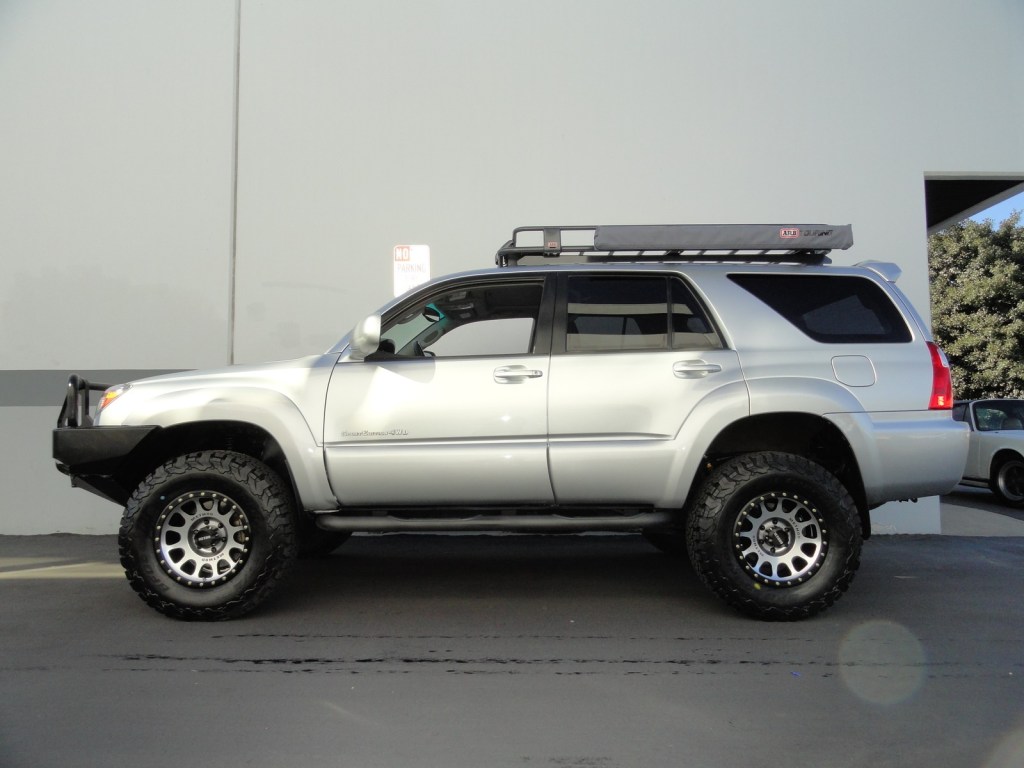
If you’re going to spend lots of time on gnarly off-road trails, although the Montero has a lot of gadgets, the 4Runner is arguably the better choice. It’s simpler, just as capable, and has a bit more aftermarket support. But, if you plan on spending just as much time off the trail as on it, the Mitsubishi Montero SUV is the one to buy.
It’s not only more comfortable, but it’s also significantly cheaper. Autotrader, at the time of writing, lists a 2006 Toyota 4Runner with 103,000 miles for $24,995. Meanwhile, Duncan Imports offers imported V6 Pajeros for as little as $10k—and they have less than 100,000 miles. And US-model Monteros and Montero Sports can be found with roughly 100,000 miles for $4000-$6000.
And no worries—the 90s Mitsubishi SUV can keep up with the 4Runner.
Follow more updates from MotorBiscuit on our Facebook page.


